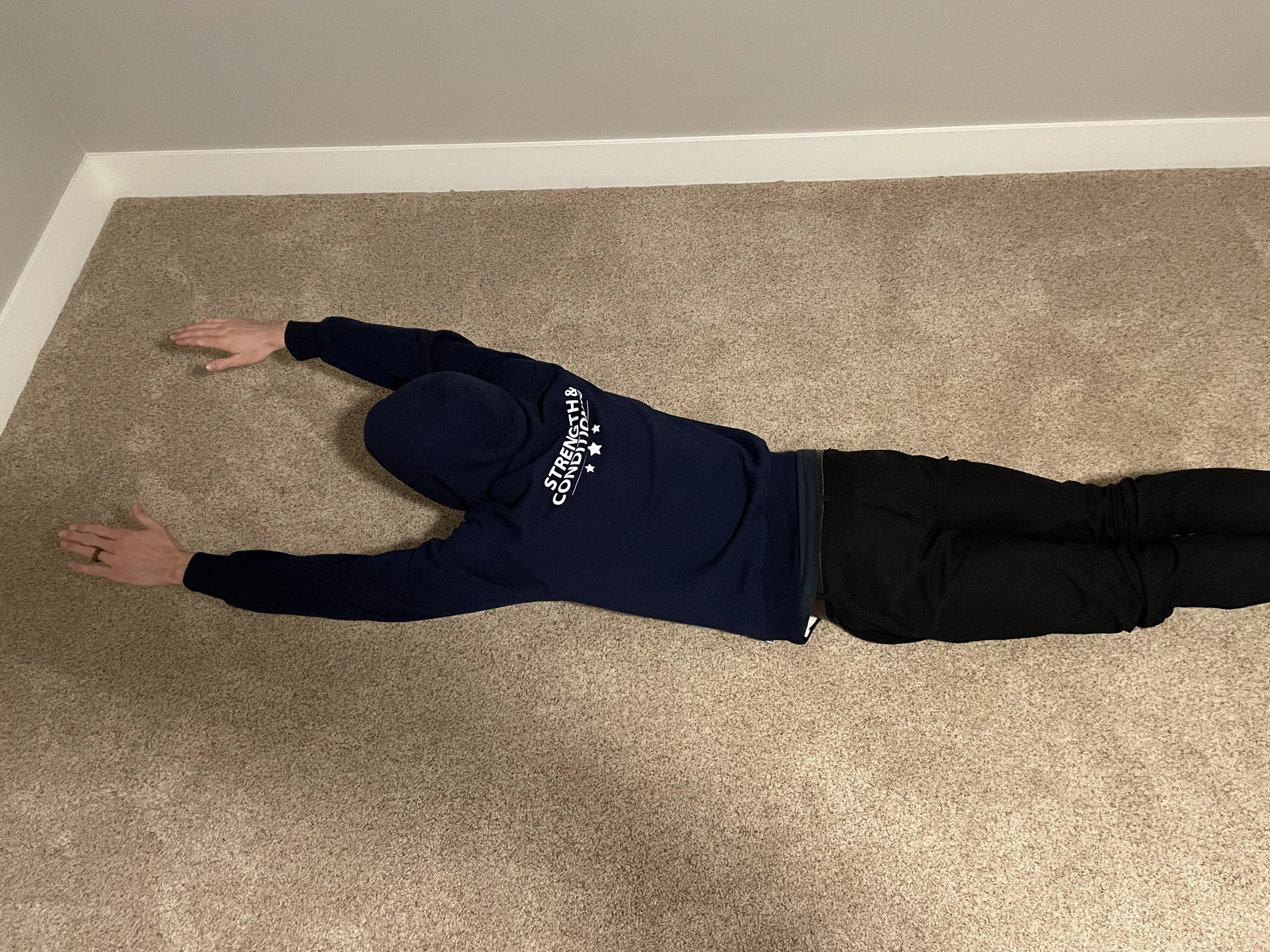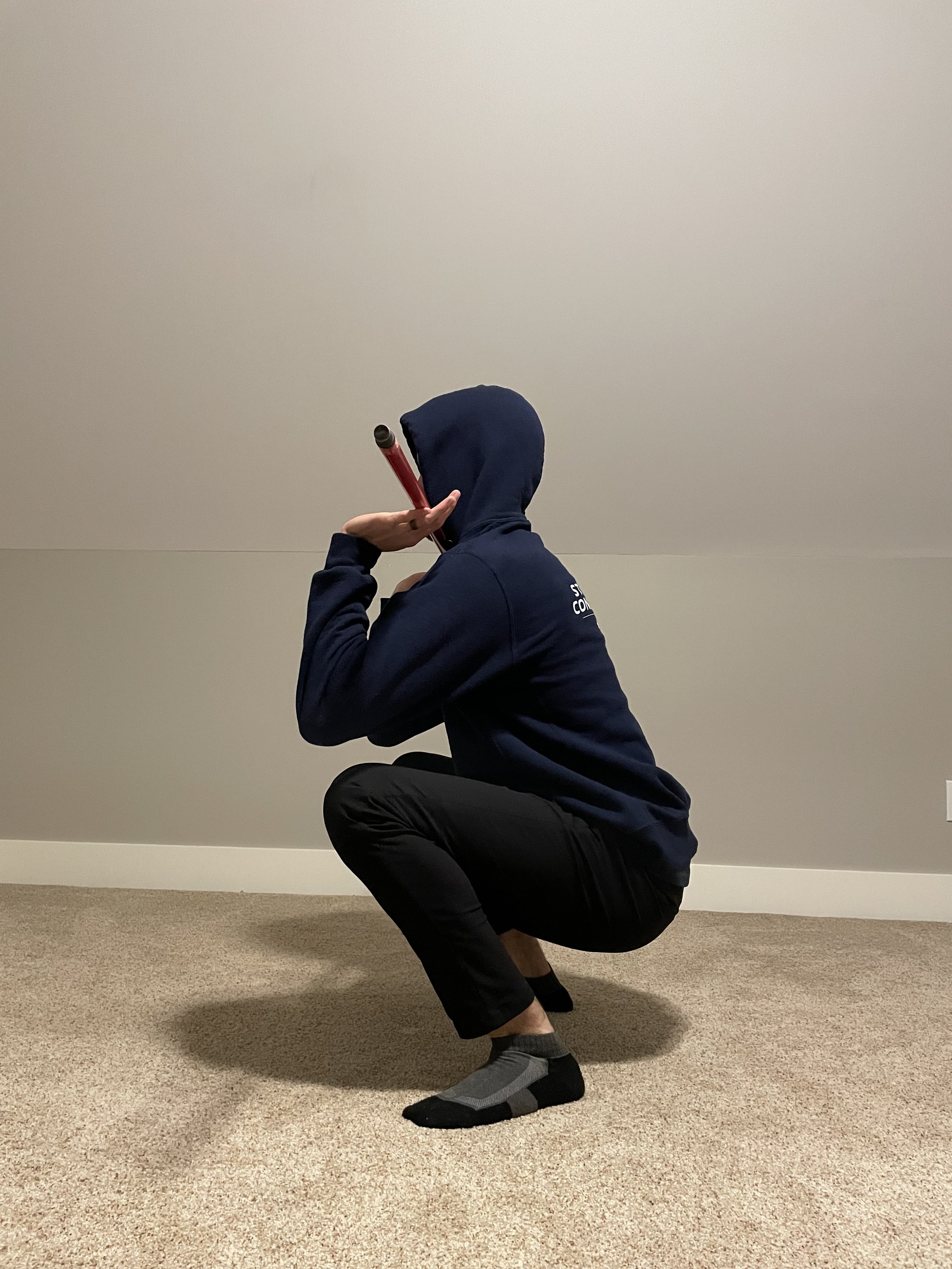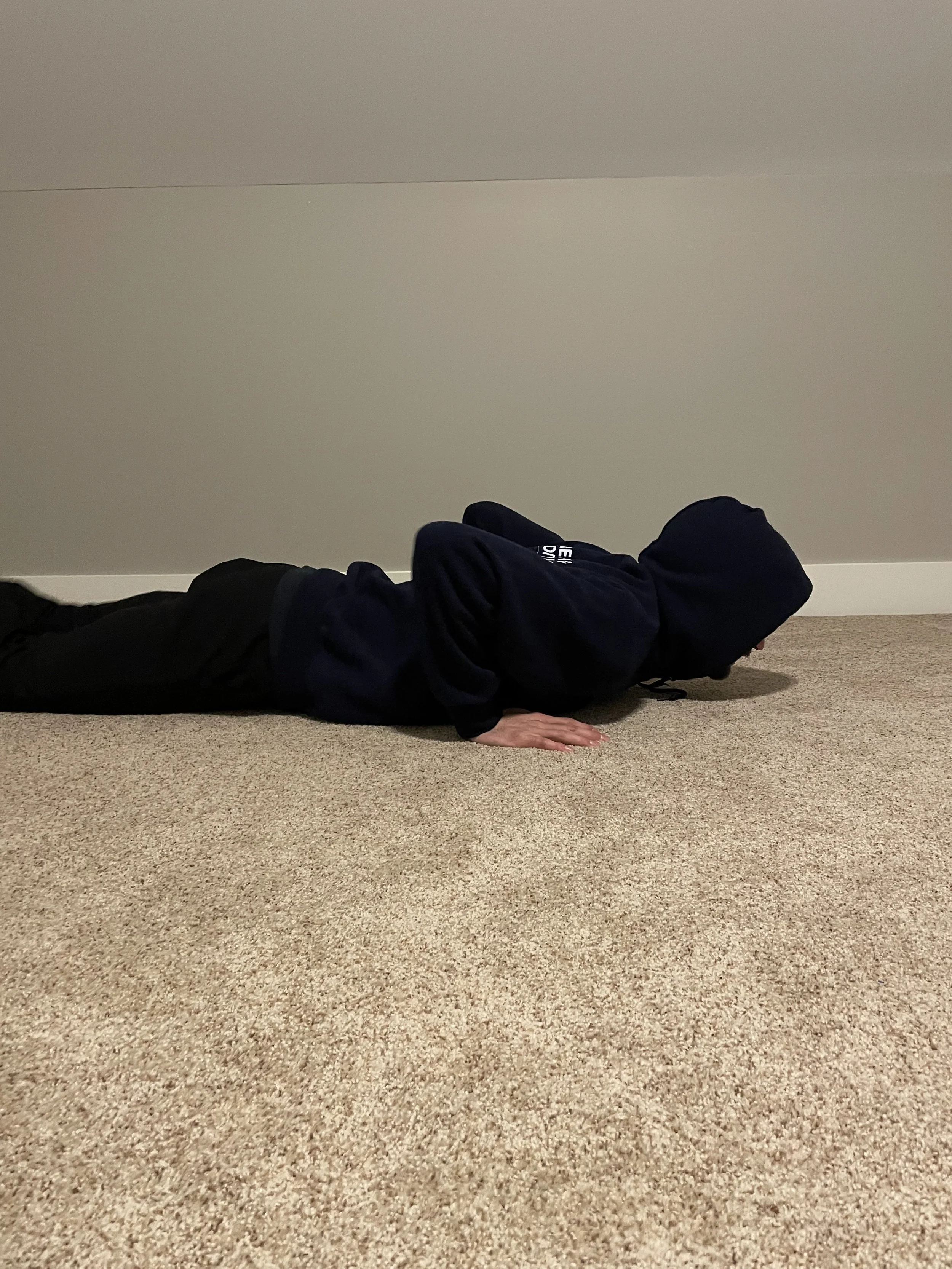West Coast Surfing: Tips and Tricks
Thank you to Bailey Fritz, our amazing PT Student, for putting together this blog post - Enjoy!
Introduction
Surfing the waves of the West Coast of Canada is an exhilarating experience, but it demands more than just grabbing a board and hitting the water. To truly conquer the waves, surfers need to be physically prepared. Surf conditioning goes beyond the water; it's about building the strength, mobility, and endurance necessary to ride those big winter swells. This blog is not intended to create a specific workout routine with sets, reps, and days of the week to train, but rather to provide some exercises to incorporate into your current routine to make it more sport-specific. Let's dive in.
Mobility: The Key to Fluid Movement
Surfing demands a wide range of motion, and optimal mobility is crucial for navigating the ever-changing dynamics of the ocean. From pop-ups to carving turns, every movement requires flexibility and joint mobility. Here are some of my favorite mobility exercises with pictures to follow along:
Deep Squat Rotation:
Get into a deep squat.
Grasp your right shin with your left hand, staying tall, and rotate towards the sky.
Return to the center and repeat on the other side.
This mobility exercise is great for training and improving full body rotation crucial for bottom turns and snaps off the lip.
Complete this on both sides.
Prone Shoulder Mobility:
DISCLAIMER** This exercise is definitely sport specific. Functionally, you will almost never be in this position when doing anything except for paddling on a surf board. But, we are here to get better at surfing and I love this exercise, so here it is.
Lie on your stomach, tuck your elbows into your sides, and arch your back.
Keeping your head up, slowly bring your arms forward without letting them touch the ground. Fully extend, then tuck your elbows back into your side.
This exercise is great not only for paddle mobility in the shoulders, but it also improves isometric strength in your back extensors to sustain the paddle position.
Starting Position
End position
Strength: Pushing through the Turns
Strength is the foundation of any successful surfer. Paddling out through relentless breaks, catching the perfect wave, and maneuvering on the board all demand strong, functional body movement. Core and leg strength are particularly vital for maintaining balance and stability on the board. Here’s my favorite surf strength exercise:
Front Squats: (there are lots of online videos on how to properly front squat*)
• Come up to the bar and get your fingers tips underneath
• Push your elbows up and squeeze your shoulder blades together
• Keep your torso upright and drop down into your squat
You might be asking yourself, "Why front squats versus back squats?" I love back squats. I would choose them all day long to train functional strength. However, in surfing, you need to have strong scapular retraction and maintain an upright thoracic posture. These are key components of a front squat and as such, the two pair together nicely.
Endurance: Conquering the Long Sessions
Surfing sessions on the West Coast can be lengthy; longshore currents, rip currents, etc., all require high levels of paddle endurance to keep you in the takeoff zone. Paddle endurance is usually one of the largest barriers to progression in new surfers, as up to ~55% of the session consists of paddling, ~40% is spent sitting and waiting, and only ~4-5% is dedicated to actually riding waves. Nothing really challenges paddling quite like paddling. However, if you don't have time to throw on a suit and paddle around Shawnigan Lake every morning, the Hawaiian Pros like to use HIIT training with the Ski Erg or assault Bike. HIIT training is great because it not only increases your cardiovascular endurance but also trains you for powerful paddling when you're exhausted.
Power: Nailing the Pop-up
Power training is a crucial component of surf conditioning, particularly for success in challenging West Coast conditions. Optimal wave entry requires a powerful pop-up to get you to your feet and nail the drop-in and bottom turn. Here's my recommended power exercise:
Explosive Pushups to Feet:
Start by lying on your stomach.
Simultaneously come up into a modified pushup position with your arms and pop off your knees* (not your feet).
As your knees lift off the floor, pull them through your arms and land on your feet
See the three “phases” of the movement in the images below:
So, why is this exercise so effective? It's literally the exact same movement you use to pop up to your feet on a surfboard. If you can master this on land, you'll have a much easier time with it in the water.
This exercise can be extremely challenging when you first start, so don't get discouraged. The key to completing it properly is to pop off your knees, not your toes. However, if you find that you're having a difficult time, start by training off your toes and later progress to your knees
Conclusion:
Surf conditioning isn't about adhering to a strict training routine but embracing a holistic approach that enhances your overall physical preparedness for the waves. By focusing on mobility, strength, endurance, and power, you'll be better equipped to tackle the unpredictable surf conditions of the West Coast. Whether you're a seasoned pro or a budding enthusiast, investing some time in surf-specific conditioning will undoubtedly elevate your surfing experience and make peeling off neoprene beside your car in the freezing rain worth it every time.
References:
https://surfstrengthcoach.com/bang-out-some-front-squats/
https://www.csusm.edu/surfresearch/documents/nessler-2019.pdf
https://www.greatlifefitness.com/products/cardio-equipment/exercise-bikes/assault-airbike









